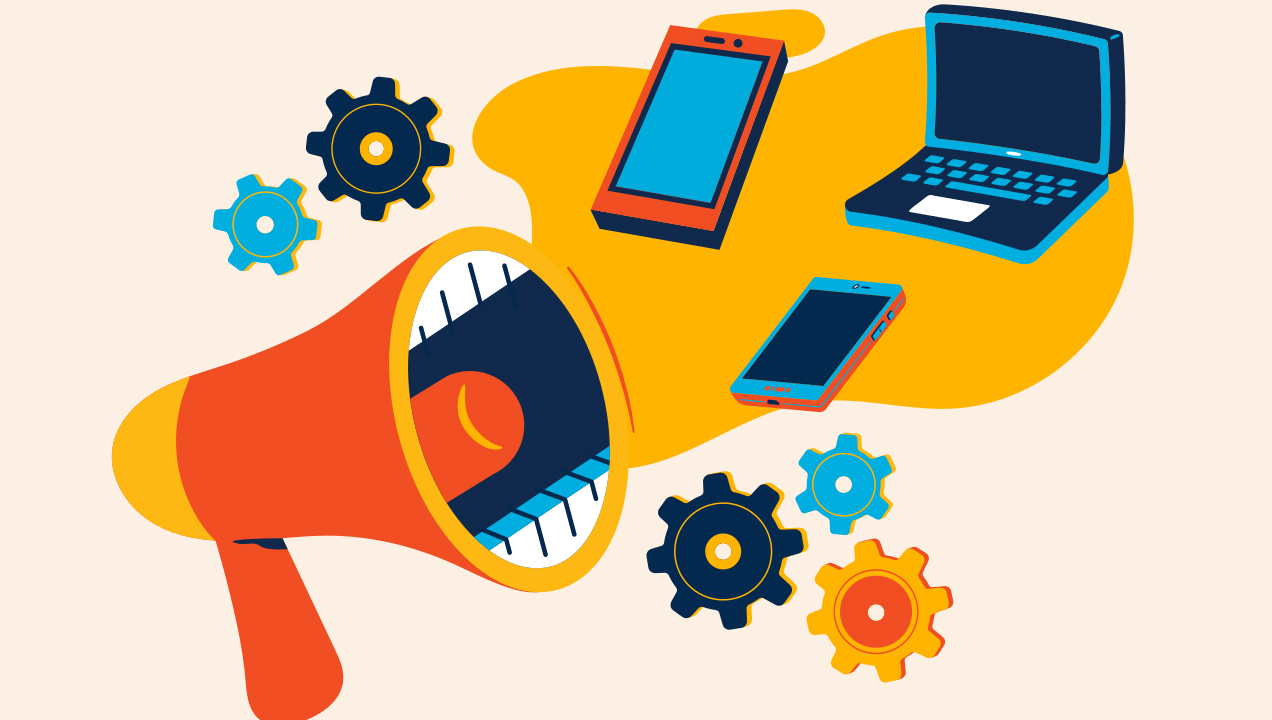Bringing Service Design Concepts to Life
In our last post, we learned to reframe our perspective and recognize that products, whether physical or digital, are often part of a larger service.
To help bring this idea to life, we’ve included a real-world case study that showcases how service design can be applied to new product discovery and launches. In this example, Sutherland Labs worked hand-in-hand with a large technology client to explore how a new, innovative medical device could be brought to market.

Image Credit: Icons 8
Case Study: Applying service design to a healthtech product
Problem
Our client, an internal research and design lab for a large technology provider, wanted to better understand how (and if) a new concept medical device would bring value to the market. In order to achieve this, the company needed to identify the unique value offered to both patients and providers while also determining how the product might fit into the current healthcare system.
Approach
To achieve this, Sutherland Labs went into the field throughout the US and visited a broad range of healthcare providers’ to understand their ecosystems and if/how this product might fit into it. Throughout our fieldwork we deployed a variety of methods including interviews, card sorts, live co-created journey maps, and future concept forecasting to empathize and understand these ecosystems and contextualize the product as a service.
Impact
As in many research projects, we discovered a variety of unidentified actors, such as other staff in healthcare provider offices, who would play a large part in making this product and service experience seamless and successful for both patients and providers. Our fieldwork also highlighted other key channels and challenges to design for, such as data interoperability between back-end health systems and medical device regulations which would need to be accounted for.
Save money, time, and effort from potentially investing in the wrong technology, or developing a great technology in the wrong direction.
To evidence our findings and distill complex information, we created a future-state service blueprint and designed a high-res wireframe onboarding app that would be used by medical staff and patients to support the core medical device. Insights such as customer ease, provider comfort and liability, and medical regulations informed and inspired all design decisions for the app.
Overall, our design deliverables transformed research insights into real-world concepts that strategically helped our client decide whether to invest, or divest, in this innovation early in its lifecycle. Importantly, this helps them save money, time, and effort from potentially investing in the wrong technology or developing a great technology in the wrong direction.
In our next article, we’re going to explore how loving problems, not solutions, will help you focus your efforts, save time and money and deliver on business and user priorities.
If you’re interested in learning more about service design, we’d love to talk to you about any challenges you may be facing. For more information, please contact eric@sutherlandlabs.com or sign up to our newsletter below.
